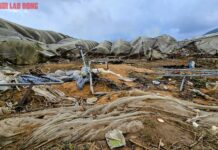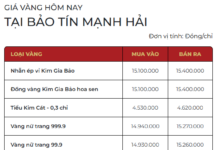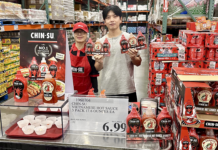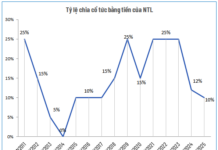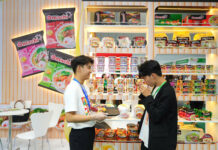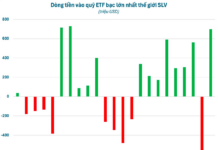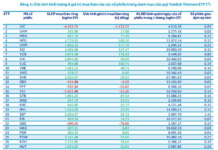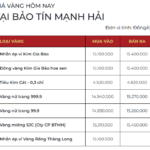The World’s Most Expensive Delicacy at $40 Million per Kg
In the realm of honey, certain varieties are likened to “liquid gold” due to their rarity and exceptional nutritional value. Among these is Manuka honey, a source of pride for New Zealand, once sold for over $40 million per kg. However, few know that Vietnam’s U Minh forest also produces a rare natural delicacy with a flavor just as exquisite, yet far more affordable.
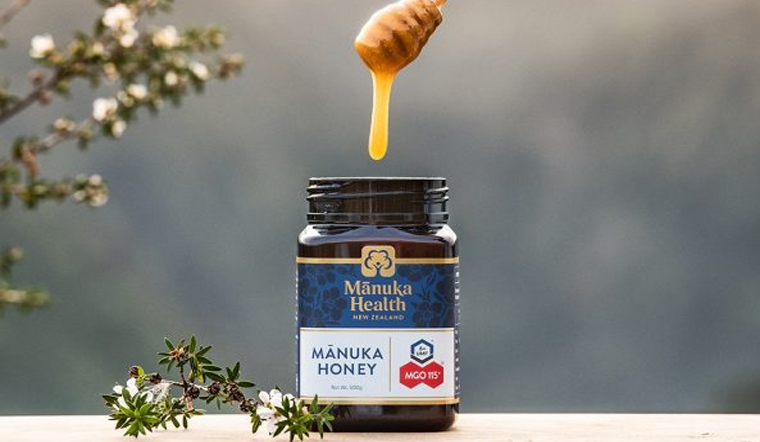
Manuka honey is a source of pride for New Zealand. (Photo: Bách hóa Xanh)
Manuka Honey – “Liquid Gold” from the Land of the Kiwi
According to the BBC and New Zealand Herald, Manuka honey is produced from the pollen of the Manuka tree (Leptospermum scoparium), a species found only in the wild forests of New Zealand. This honey is globally sought after for its high methylglyoxal (MGO) content, which offers powerful antibacterial properties, aids wound healing, supports digestion, and boosts immunity.
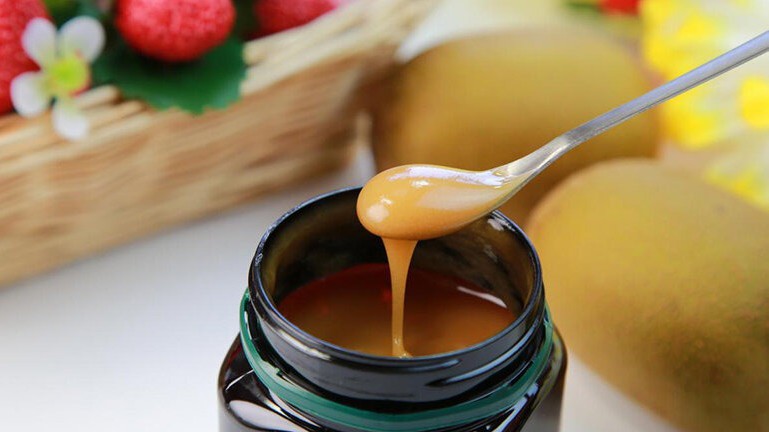
Manuka honey is globally sought after for its high methylglyoxal (MGO) content. (Photo: Long Châu)
The rarity of Manuka honey lies in its brief flowering season, lasting only 2–6 weeks annually, requiring ideal weather conditions for bees to collect nectar. This results in extremely low yields, driving prices skyward. Internationally, a jar of Manuka honey with a UMF 20+ rating (highest MGO content) can fetch $1,000–$1,500 per kg, equivalent to $25–40 million VND.
Beyond its price, Manuka honey boasts a unique flavor: rich, slightly bitter at first, yet leaving a lasting sweet and aromatic aftertaste. Culinary experts liken the experience to “savoring a vintage wine,” both refined and deeply satisfying.
U Minh Forest Honey – Vietnam’s Natural Treasure
While New Zealand boasts Manuka, Vietnam takes pride in U Minh forest honey, a gem from the Mekong Delta’s mangroves. According to Cà Mau Newspaper and VnExpress, the honey season in U Minh typically runs from December to April, coinciding with the blooming of cajeput and mangrove apple trees. This marks the beginning of the honey hunters’ journey into the vast cajeput forests.
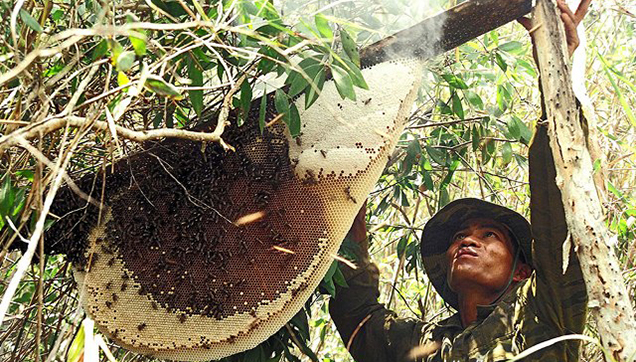
The honey season in U Minh typically runs from December to April. (Photo: Dân trí)
Unlike farmed honey, U Minh forest honey is produced by wild bees nesting in cajeput trees. Harvesting requires skill and courage as collectors navigate the forest, climbing trees to extract the honey. Each hive yields only a few liters annually, often after hours of navigating the forest and facing protective bee swarms.
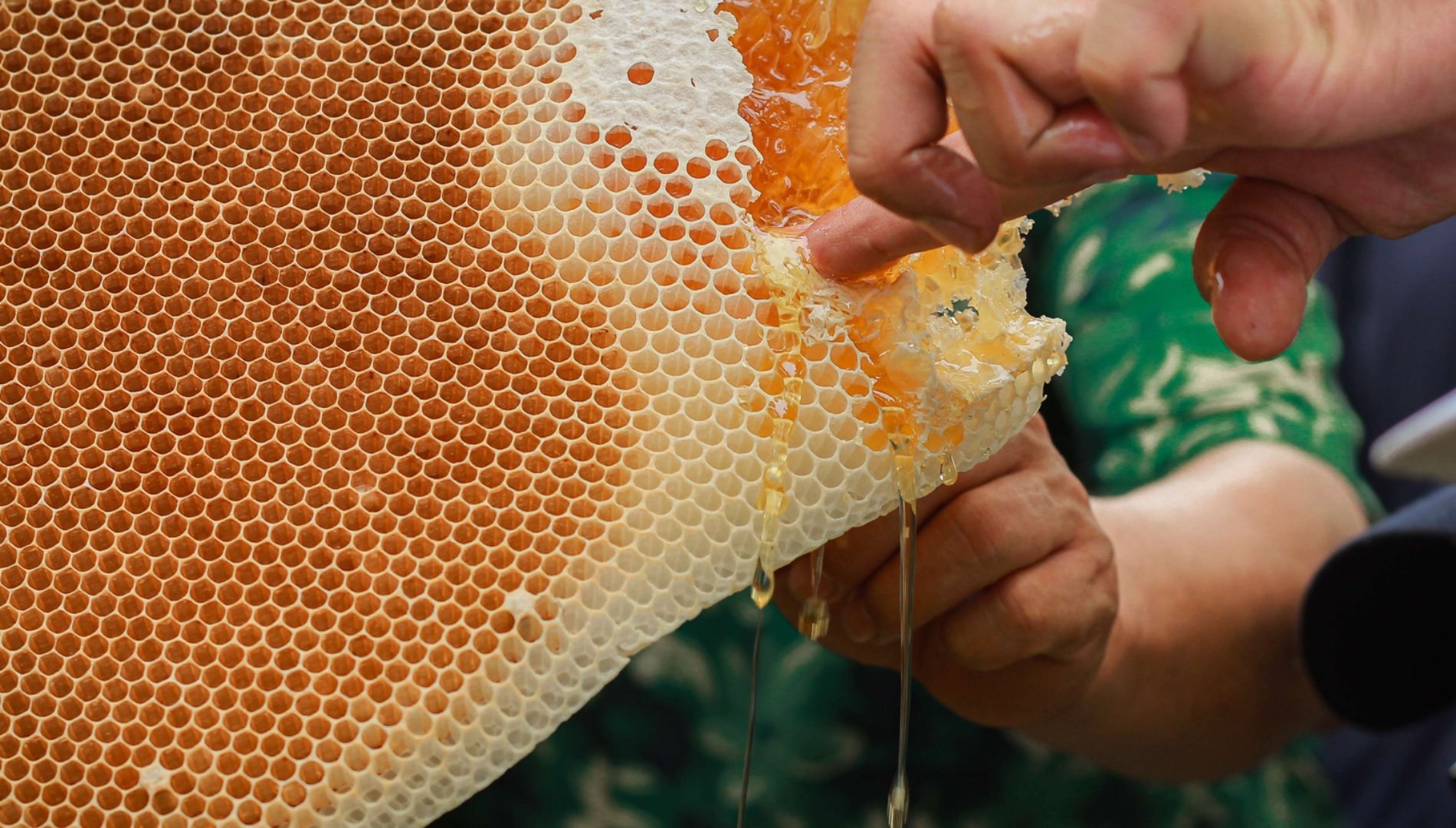
U Minh honey has an amber hue, a rich aroma, and a sweet taste with a subtle bitterness from cajeput pollen. (Photo: Traveloka)
U Minh honey has an amber hue, a rich aroma, and a sweet taste with a subtle bitterness from cajeput pollen. Locals call it the “sweetness of the forest,” as a single spoonful can evoke the essence of the mangroves. Currently priced at just $400,000–$600,000 VND per liter, it is significantly more affordable than Manuka, yet experts praise its “pure and authentic” quality.
Similarities and Differences
Both Manuka and U Minh forest honey are rare delicacies, gifts from unique ecosystems. They share a natural origin, lack of industrialization, and high biological enzyme content, offering significant health benefits. Both possess antibacterial, antioxidant, and immune-boosting properties, making them prized in both culinary and natural medicine.
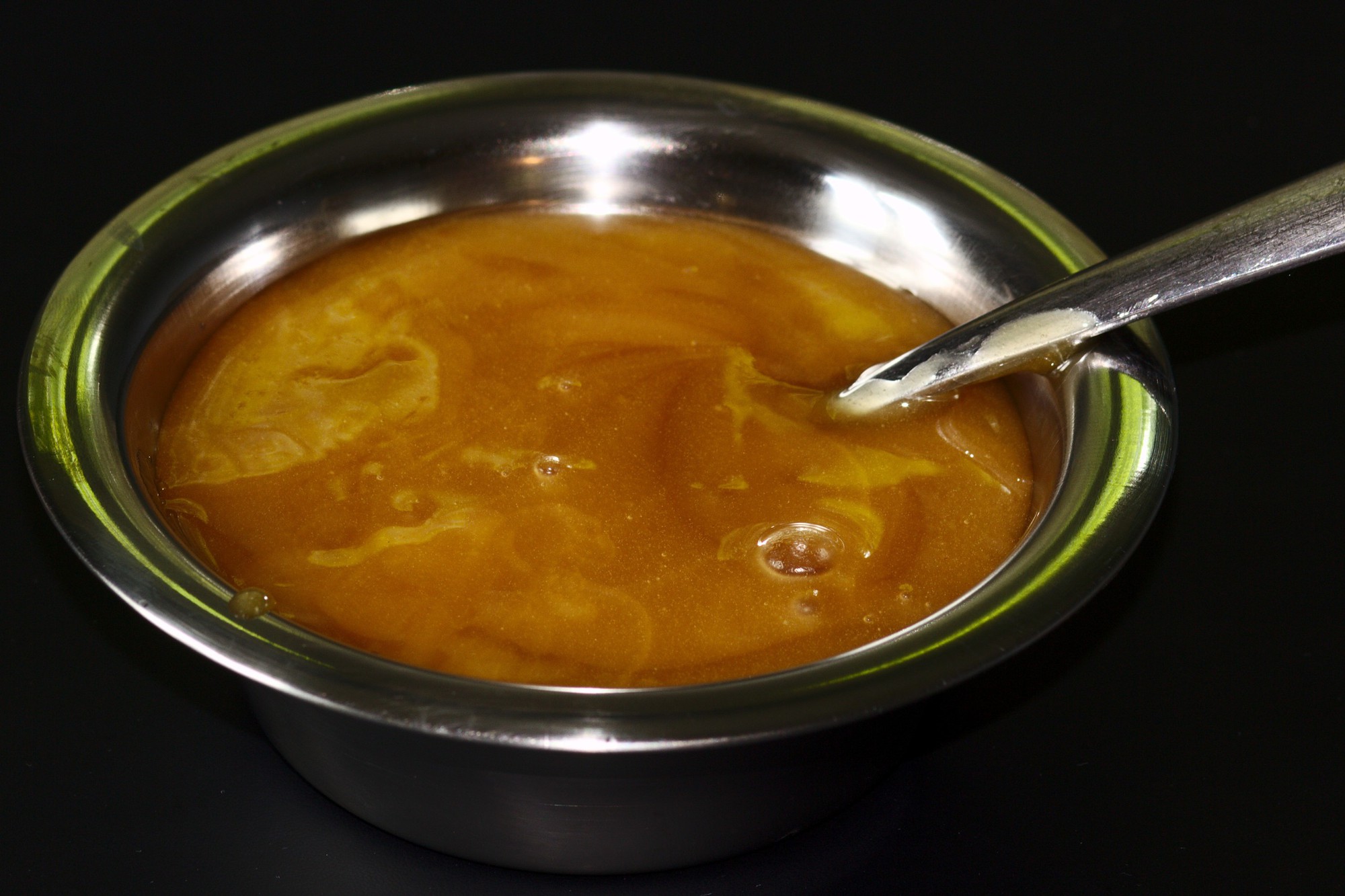
Both Manuka and U Minh forest honey are rare delicacies. (Photo: BBC)
However, the key difference lies in scale and commercial value. Manuka honey has become a global brand through rigorous UMF (Unique Manuka Factor) standardization, while U Minh honey remains a local product, harvested in small quantities by traditional beekeepers. Despite its unique flavor, U Minh honey remains remarkably affordable.
Vietnam’s Flavor in the Global Spotlight
In an era celebrating natural products, U Minh forest honey stands as a proud representative of Vietnam. It is not just a delicacy but a symbol of the harmony between humans and mangroves, embodying a lifestyle in tune with nature.
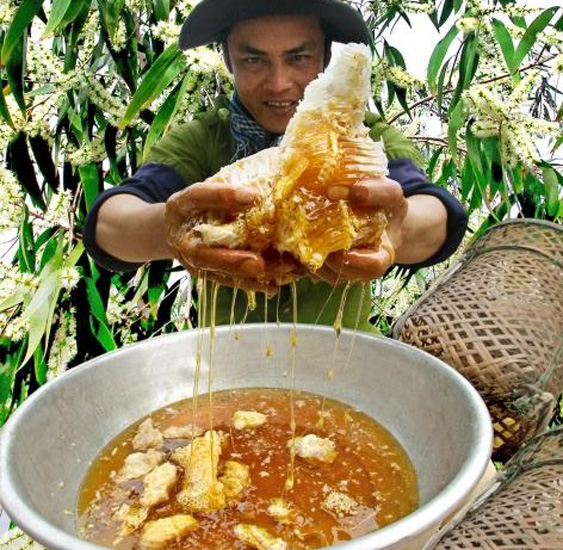
U Minh forest honey is a proud representative of Vietnam. (Photo: Dân trí)
While U Minh honey may not command Manuka’s price, its rich flavor, natural origin, and the heartfelt story behind each drop make it a “sweet treasure” of Vietnam, accessible to all without extravagant expense.
VPBank CEO’s Vision: Aiming for the Top Spot in Margin Lending Within Five Years
With a robust capital foundation and extensive risk management expertise, VPBank CEO Vu Huu Dien confidently asserts that the goal of becoming the top player in the margin lending sector is entirely achievable.
Deputy Prime Minister: Equitization Aims to Strengthen Enterprises, Not Sell Land
Deputy Prime Minister Hồ Đức Phớc emphasized, “Our privatization efforts are not about selling land; they are about enhancing the capabilities of businesses, fostering a stronger, more robust, and sustainable economic growth.”

